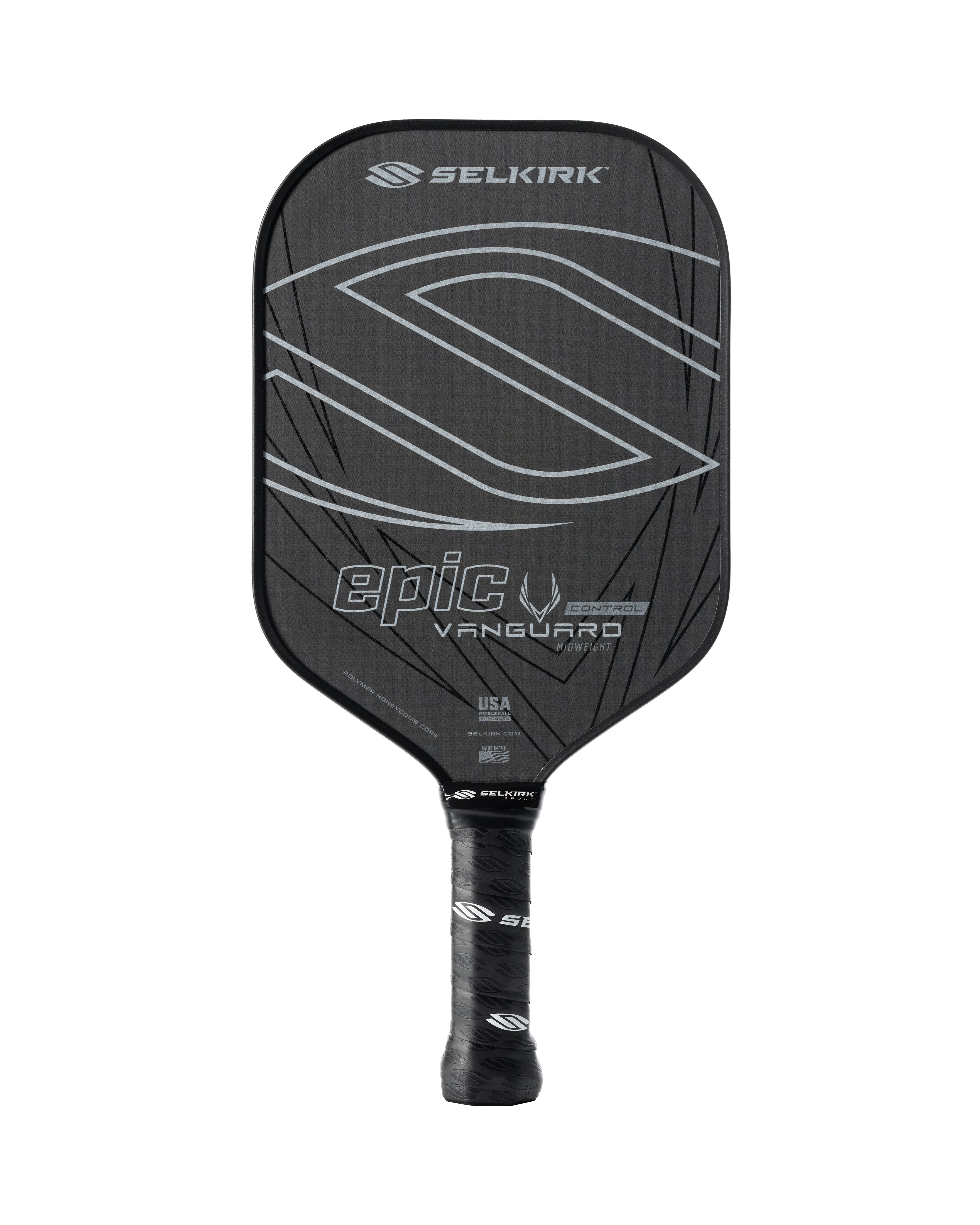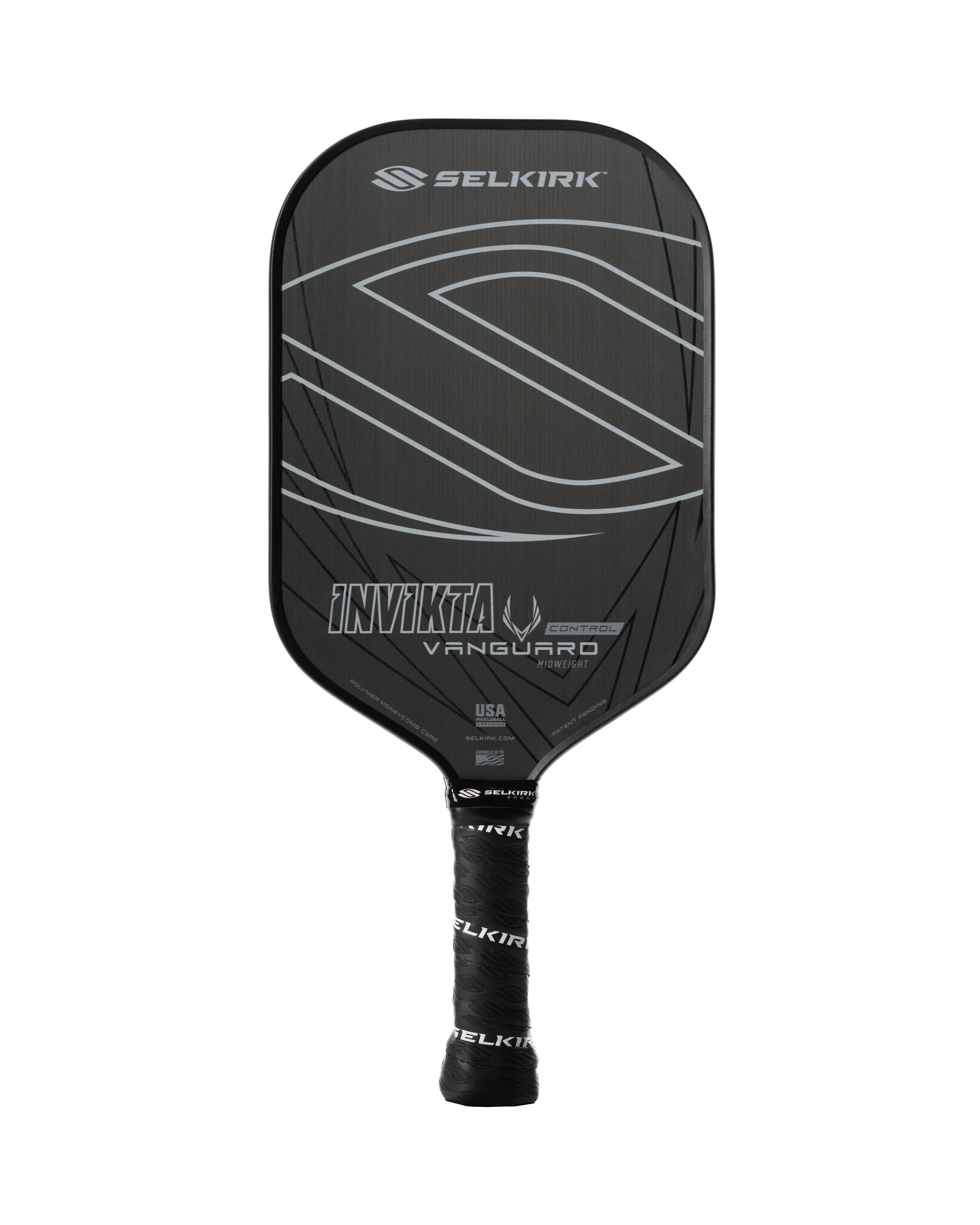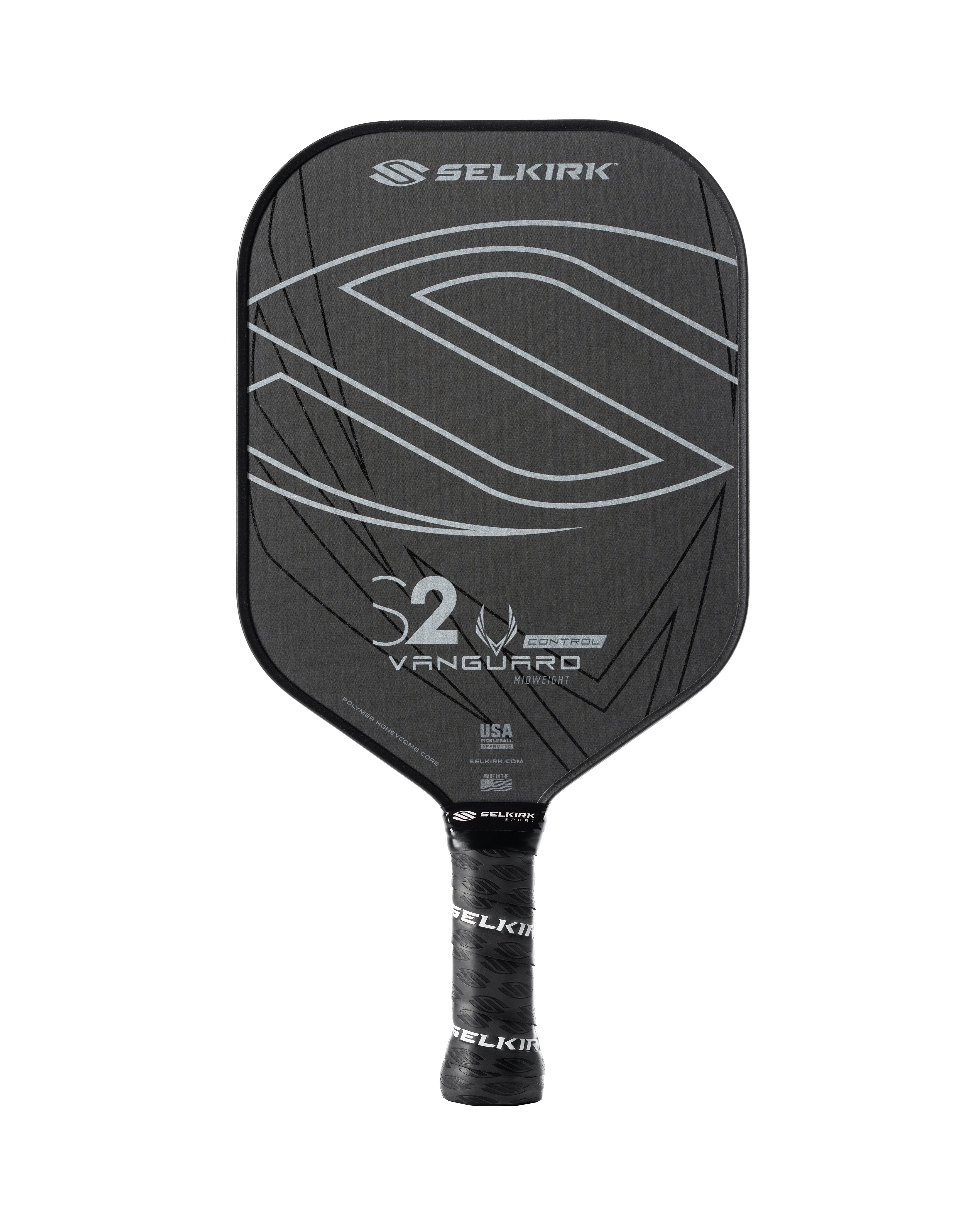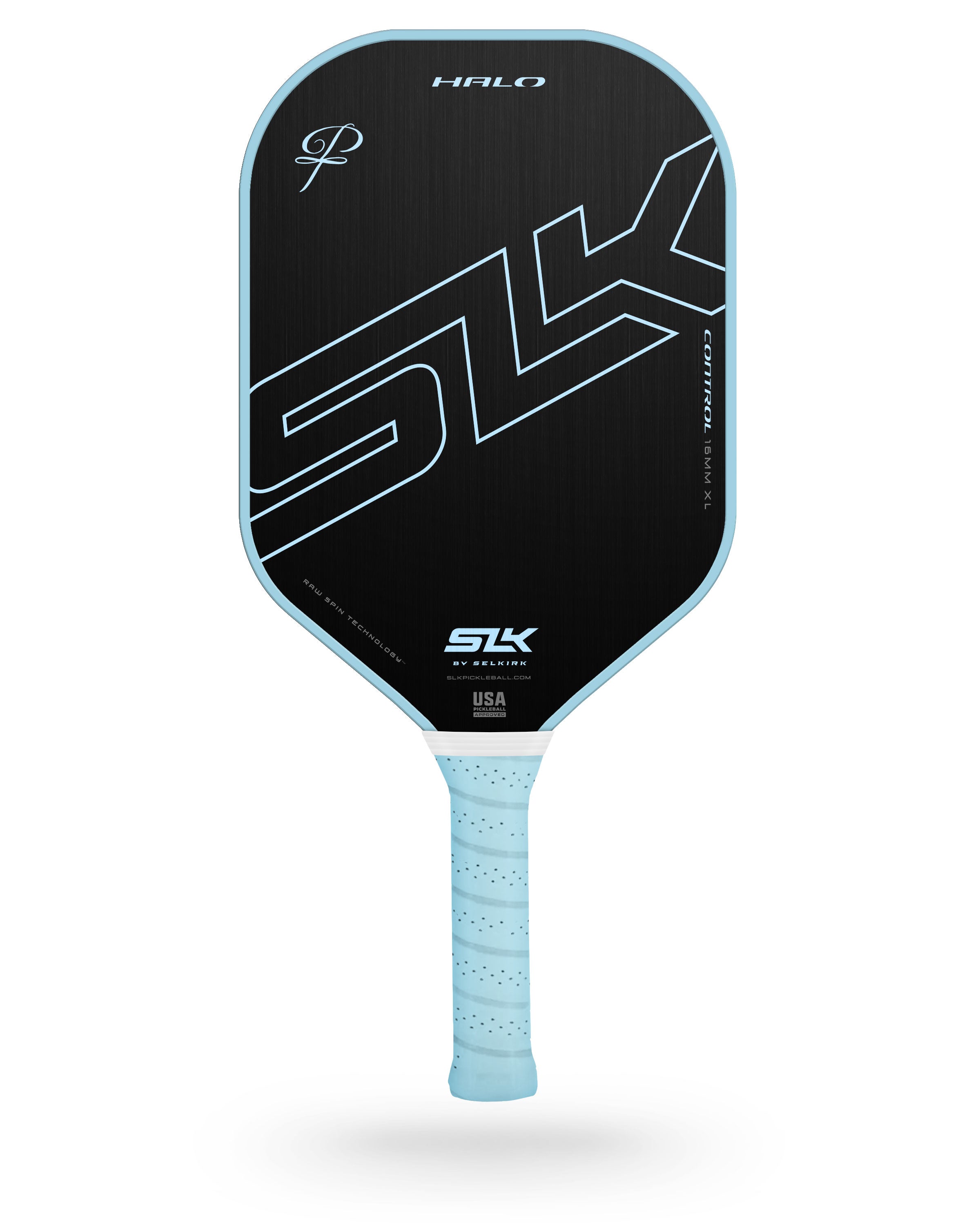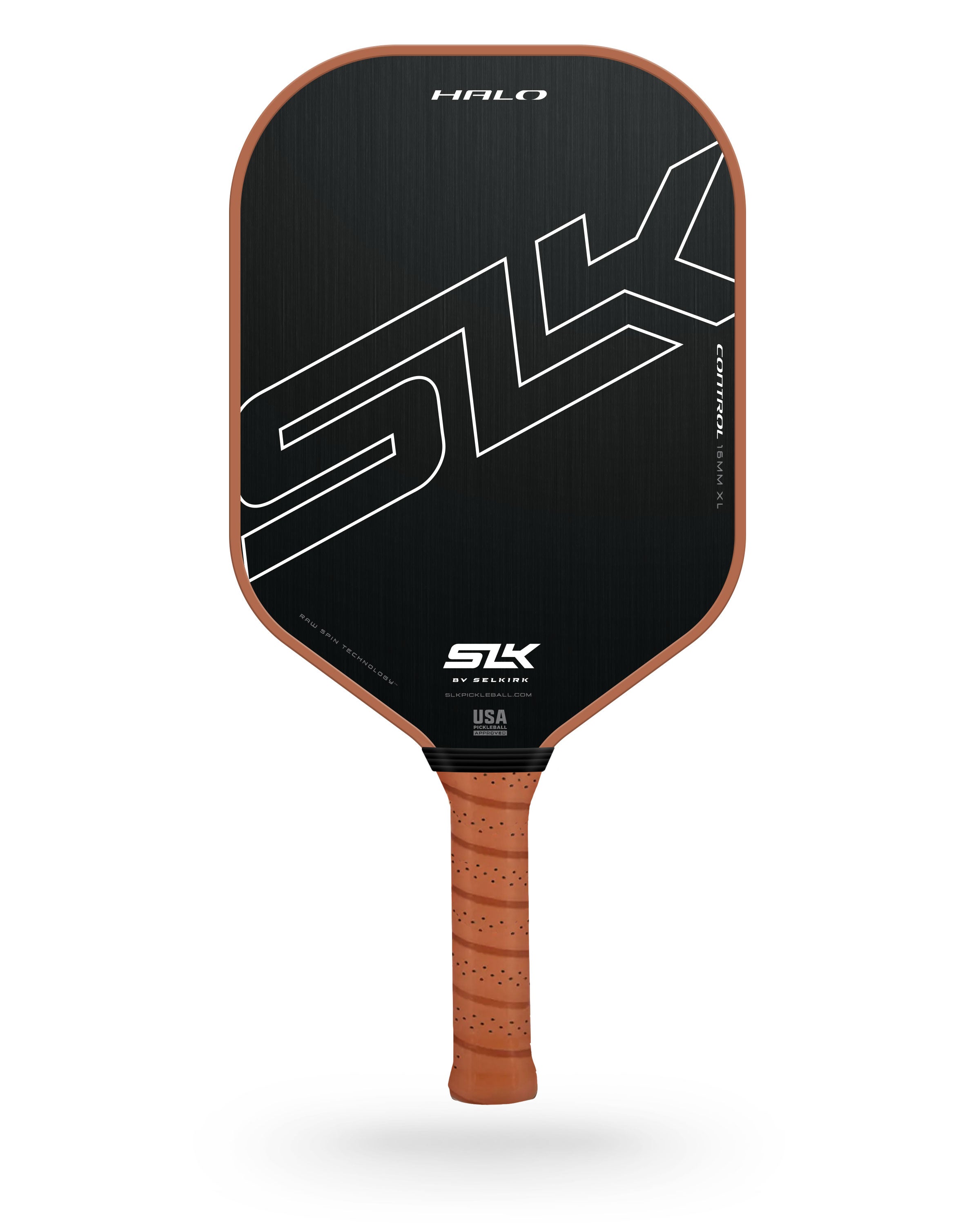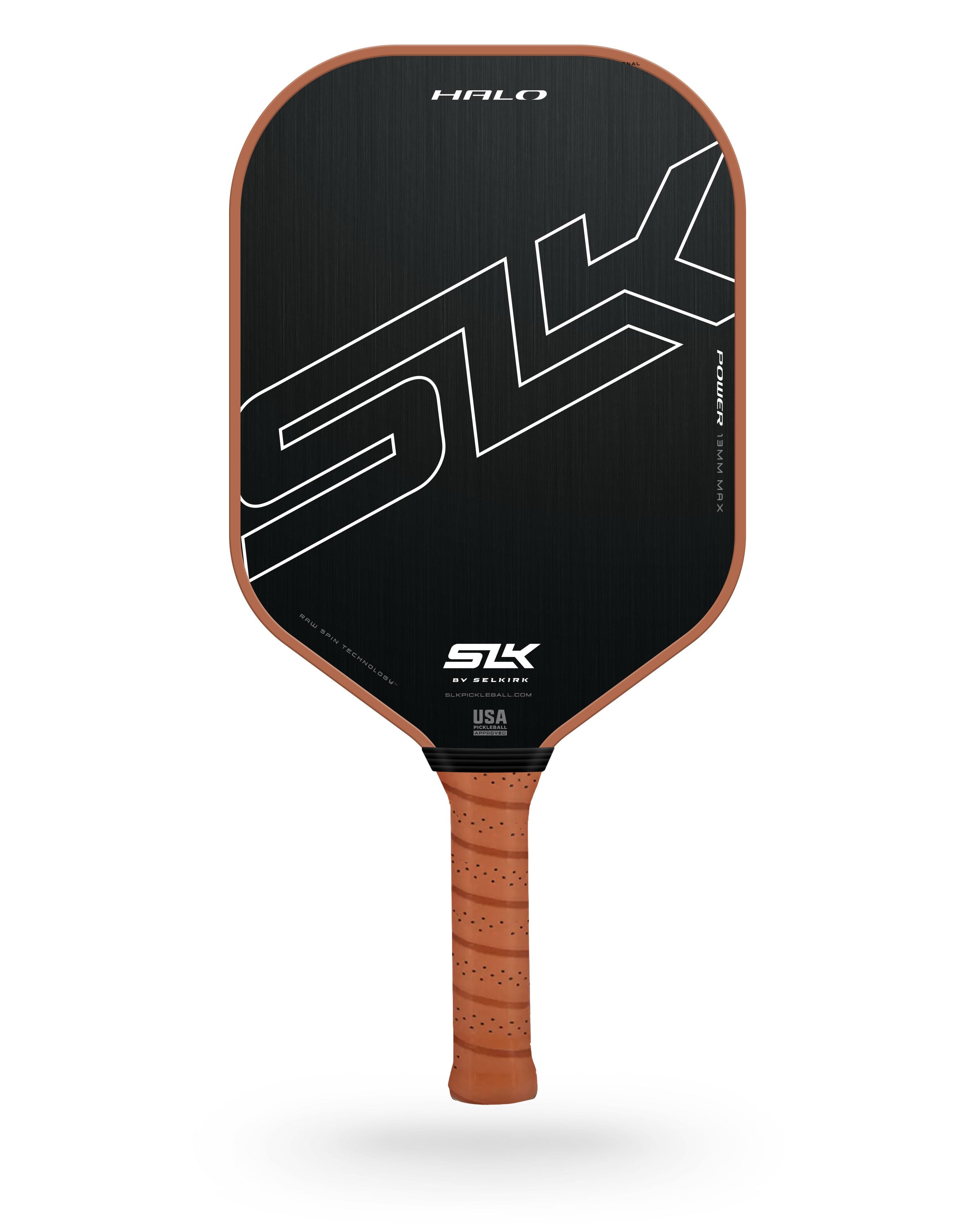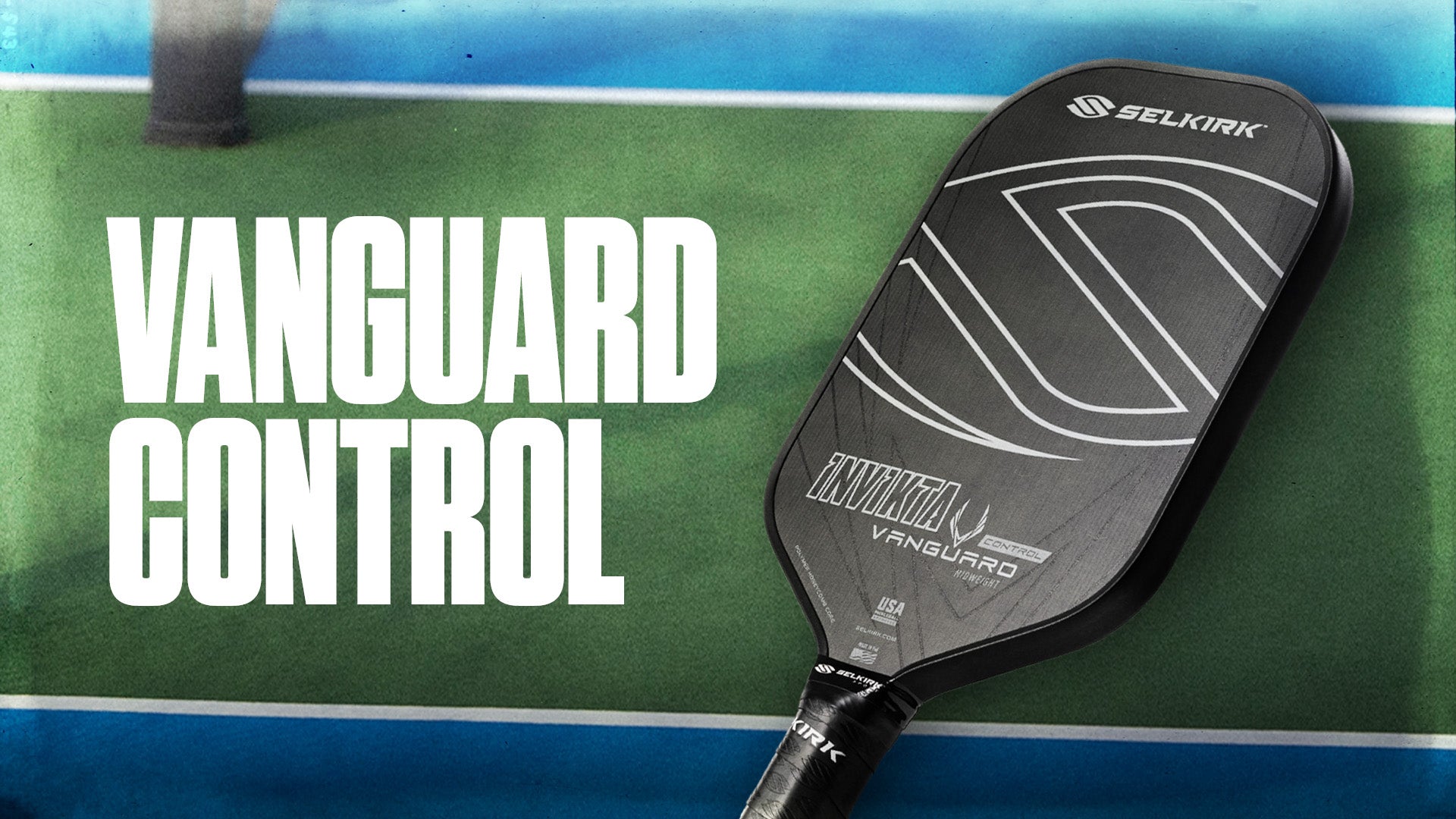Welcome back,If you've been following along with my previous content, you might recall our discussion on swing weight, a crucial factor in paddle stability and performance. If not, you can catch up on that content by reading it or watching the video.
Today, we're taking a closer look at another essential aspect of paddle performance: twist weight. Before we delve into this dynamic measurement, let's quickly recap static weight and swing weight for context.
Understanding Static and Swing Weight
Static weight, the traditional measuring method, quantifies the paddle's weight at rest, without any movement. On the other hand, swing weight gauges how heavy a paddle feels during swings, providing insights into its dynamic performance.
Enter Twist Weight
Twist weight, akin to swing weight, is a dynamic measurement that requires movement to assess accurately. But what exactly does it measure? Twist weight evaluates the paddle's resistance to twisting along its length, a crucial aspect known as torsional stability.
Imagine this: You're in the midst of an intense rally, and you hit the ball slightly off-center. In this scenario, some of the energy isn't effectively transferred into your shot but instead dissipates into the twisting motion of the paddle in your hand. Paddles with higher twist weights minimize this rotation upon contact, effectively channeling more energy back into your shot. This translates to a larger and more forgiving sweet spot, providing a smoother playing experience.
The Impact on Paddle Design
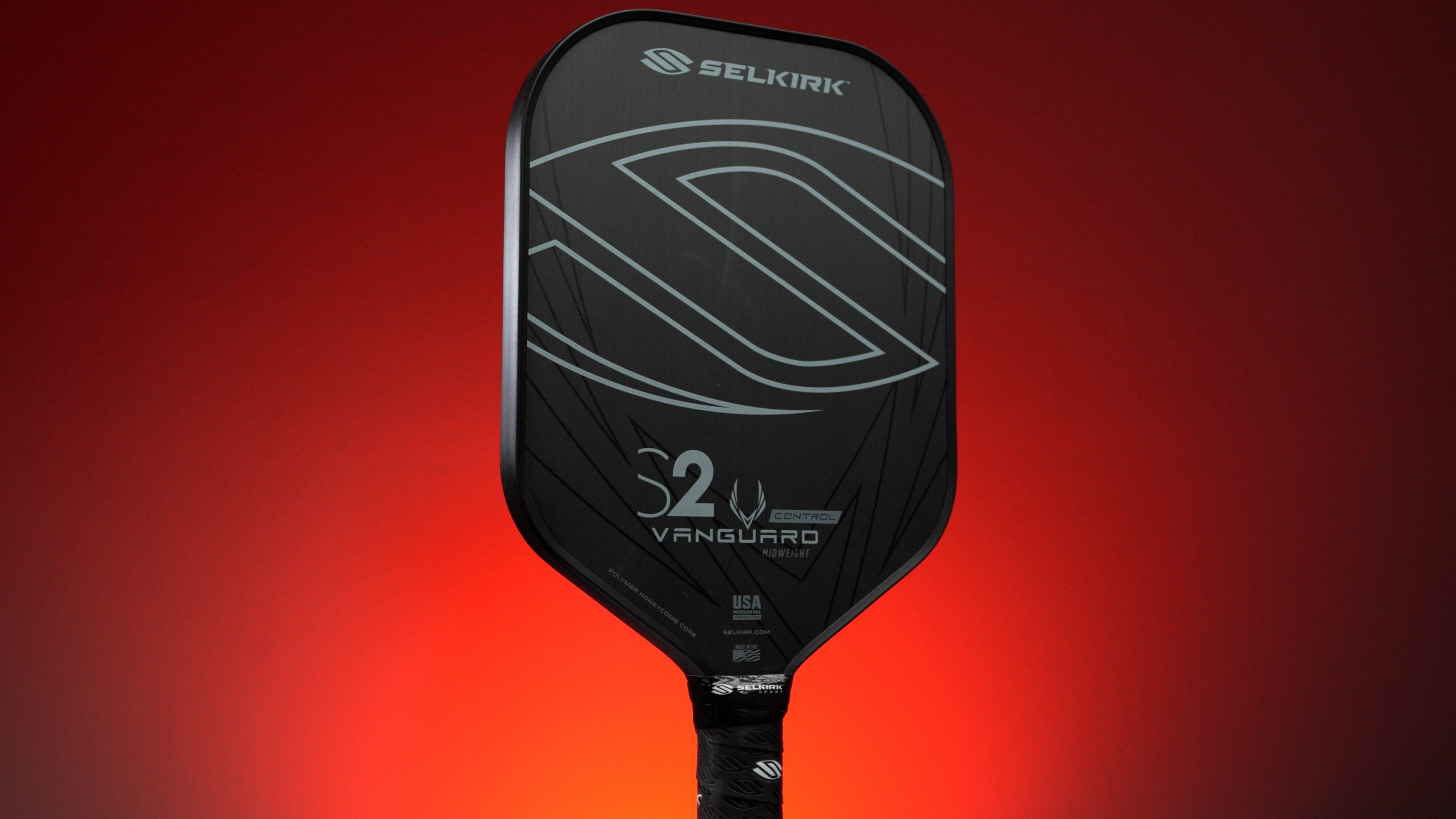
Paddles with wider, more standard shapes typically boast better twist weights. The additional mass concentrated near the edges of the paddle face contributes to higher torsional stability, reducing rotation upon off-center impacts. In contrast, elongated paddles may exhibit lower twist weights, impacting overall stability and forgiveness.
Enhancing Twist Weight
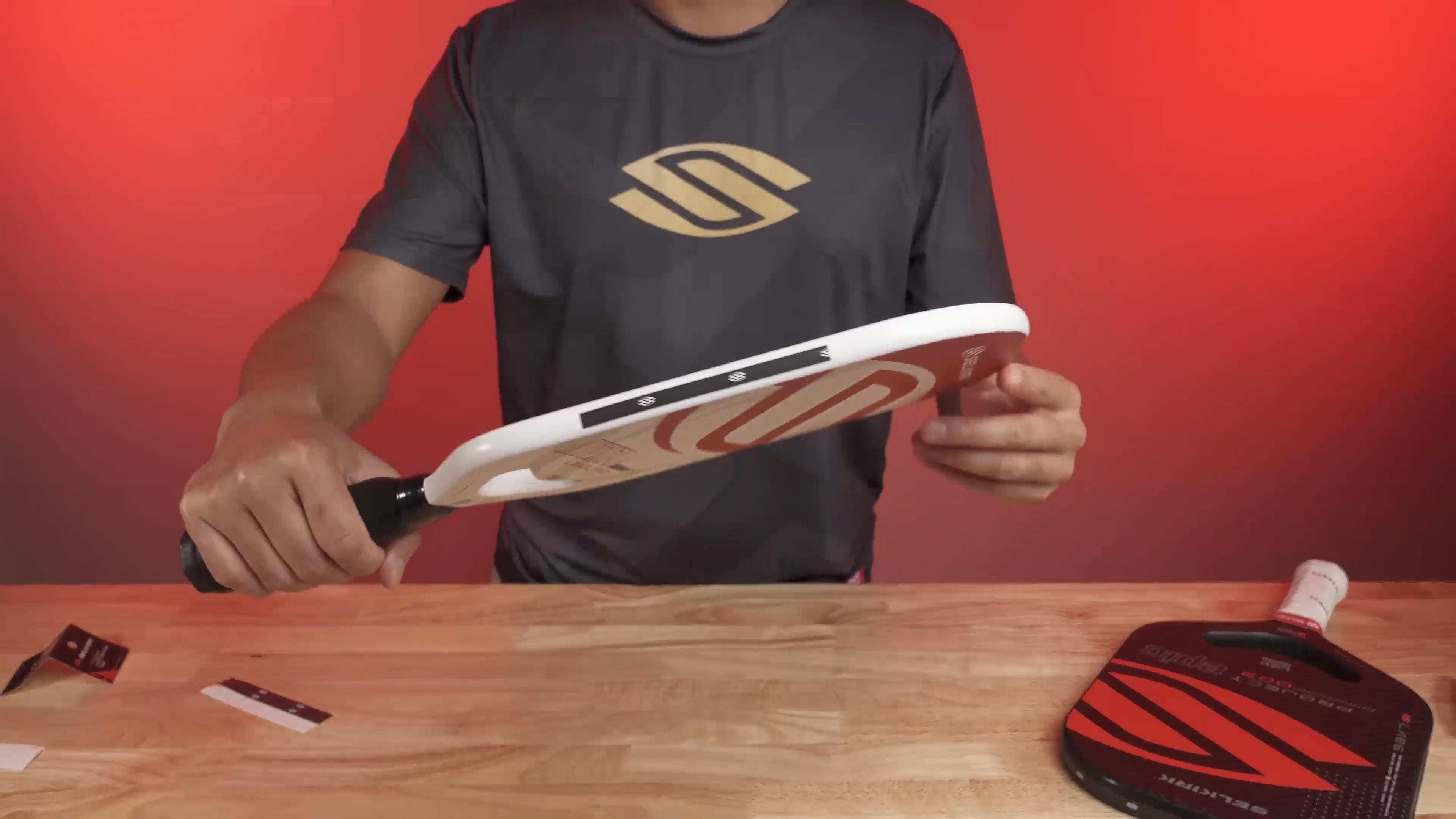
If you're looking to boost your paddle's twist weight, you can consider adding lead or tungsten tape to the edges. However, it's essential to strike the right balance, as adding weight may inadvertently decrease the paddle's speed and maneuverability. Experimentation is key to finding the optimal setup that aligns with your playing style.
Conclusion
Twist weight plays a pivotal role in paddle stability, directly influencing your on-court performance. By understanding its significance and impact on paddle design, you can make informed decisions when selecting or customizing your equipment. If you're eager to explore the intricacies of paddle modification further, be sure to check out the resources in the video description.


